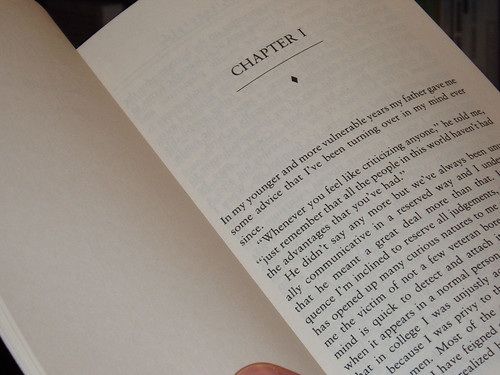The Gist:
- Students in my Storytelling class are now working with music.
- What we’re doing isn’t explicitly stated in the state standards.
- No part of me believes this project isn’t helping them to be better readers, writers and thinkers.
The Whole Story:
Looking at the syllabus for my Storytelling class, I noticed I’d planned for poetry to follow our short story unit. Taking the temperature of the students, I decided a course adjustment was in order.
Instead of poetry, we’re working with music-without words.
To start things out, I needed to stand their expectations on their ears.
Everything was to be cleared from their desks. I distributed blank paper. Crayons, colored pencils and markers laid sprawled on a central table.
“I’m going to play 10 stories for you,” I said, “You need to draw or write the story as you see fit. You’ll have 30 seconds between each story to finish before we move on.”
Papers were folded, coloring utensils collected and chairs situated just so.
I pressed play.
“Kyrie” from Mozart’s Requiem wafted from the speakers.
“I’ll let you know when there’s one minute left of each story,” I said.
They started drawing and writing the stories they heard.
When all was done, we’d listened to:
“Kyrie” from Mozart’s Requiem
“Fanfare for the Common Man” by Aaron Copeland
The theme from the 60s BBC show The Avengers
Verdi’s “Grand March” from Aida
“Heart String” by Earl Klugh
“Ode to Joy” from Beethoven’s Ninth Symphony
The tango from Scent of a Woman
Apotheosis’ take on Carl Orff’s “O Fortuna”
The theme from The Rock by Hanz Zimmer
The theme from Pirates of the Carribean, also by Hanz Zimmer
Thirty seconds after the last story, I told the class the story of riding in the back of my mom’s Nissan Pulsar when I was in first grade and we lived in Kentucky. When we’d drive back to Illinois in the middle of the night for holidays, each song that was in heavy rotation on whatever light rock station she was listening to was burned into my memory.
I played “Everybody Wants to Rule the World” by Tears for Fears and explained, for me, that song was about being 7 and riding from Kentucky to Illinois more than it could ever be about John Hughes’ 16 Candles.
Then came the assignment. They’re to re-tell the stories they wrote after the first day of class as a non-vocal musical track. They may compose something original or remix and mash up other tracks.
The only allowable vocals are unintelligible words like Orff’s Latin lyrics in “O Fortuna” or something along the lines of a doo-wop riff.
I’m excited to hear what they create. My hope is this assignment will stretch their thinking. I’ve tried it, it’s tricky.
Nowhere in the Pennsylvania English Curriculum does it direct students to be this kind of writers. Nowhere does it ask them to read texts as music. For that matter, the draft of the Common Core Standards doesn’t include anything like this.
I could massage a few of the standards into place, but either the assignment or the standard would end up inauthentic.
That said, I have no doubt what my students will be doing is a valid, challenging, authentic form of consumption and creation. They’re reading, writing and thinking in a way no test could measure or equal.
It’s going to be difficult, messy, frustrating and beautiful.
I can’t wait to hear what they create.


